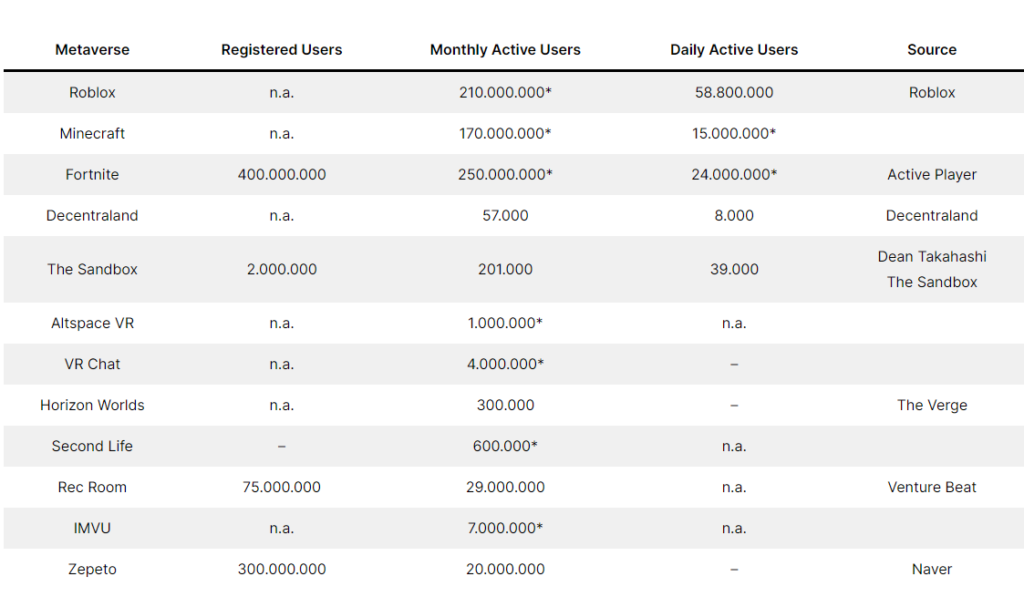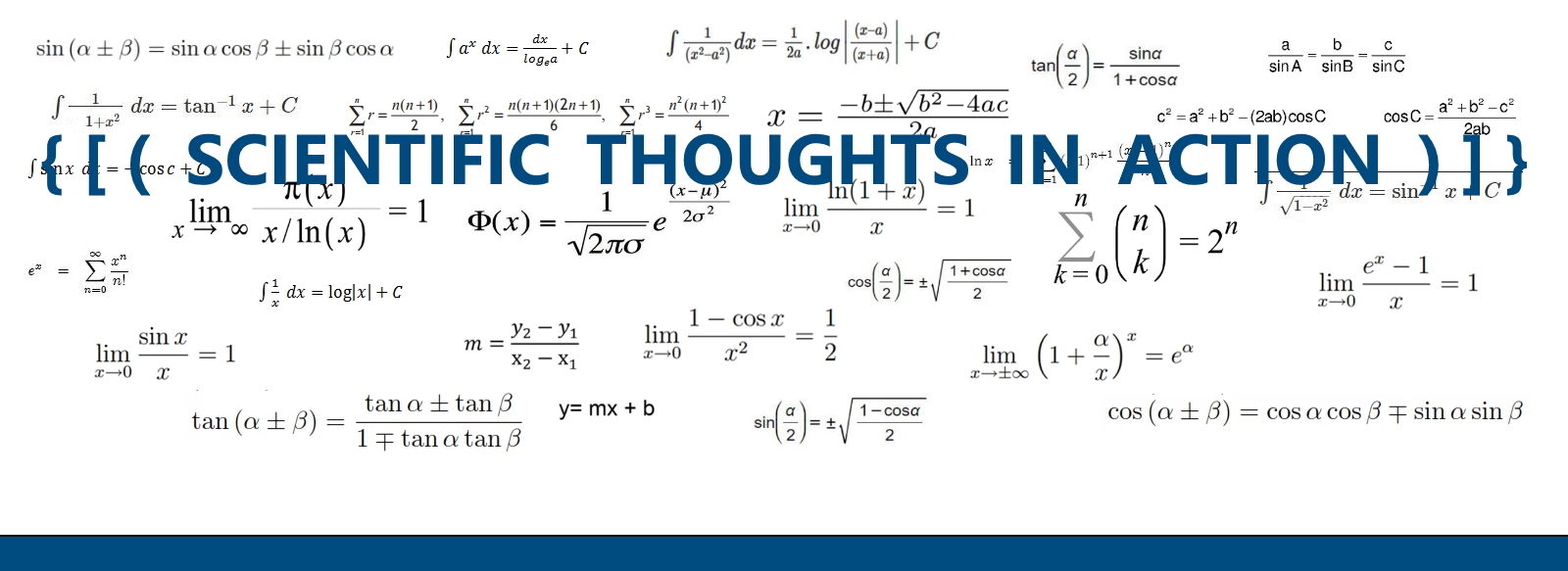INTRODUCTION
Technological evolution and the mass dissemination of technological tools has caused the digital world to permeate and change our behavior and lifestyle. This process seems unstoppable as is the technological evolution itself.
Now the digital is still more in connection with our bodies and minds in an immersive digital world.
Even if it is too early to say what impact this will have, it will certainly be a way to enrich and to improve our knowledge and our experience.
In order to understand Metaverse we need to know which are the role of Augmented Reality (AR), Virtual Reality (VR) and Neuroscience.
AR (AUGMENTED REALITY)
Augmented reality (AR) is the real-time use of information in the form of text, graphics, audio and other virtual enhancements integrated with real-world objects. It is based on the concept of overlay (or superimposition): through the webcam of a device or particular glasses, an AR application is able to recognize a framed object by activating information and contents about it (audio, video, three-dimensional objects ) integrating reality without modifying it. In other words, reality is "enriched" through a digital content that is superimposed on it.
Augmented reality, indeed, is already part of our daily lives: for example applications to try out new haircuts, interactive mirrors with which to try on a look without having any clothes with you.
According to Hoffman [06] There are different types of augmented reality:
• Marker-based AR: They allow you to quickly connect to websites and download multimedia contents (audio and video or 3D simulations) which will overlap the real images, providing additional information. These markers, called ARtags, are often used in the marketing, recreational, cultural and creative fields.
• Non-marker-based AR: markerless augmented reality relies on device hardware, including the camera, GPS, digital compass, and accelerometer, to gather the necessary information that will allow the AR software to download data and information or insert virtual 3D objects into a real-world environment.
VR (VIRTUAL REALITY)
Virtual reality does not superimpose itself on the real world but replaces the surrounding reality altogether with a 3D simulation of a digital world.
In order to be able to enter this digital world, tools such as visors, game consoles, inertial sensors, accelerometers, joysticks and gloves are required to increase interactivity and enhance the immersive feeling of the user.
In VR, we therefore speak of alternative virtual worlds separate from reality, which consist of three essential, integrated components:
- CONTENT: reproduction of real objects in the virtual world.
- GEOMETRY: which concerns the physical extension of the environment, e.g. indoors (a building) or outdoors (a park).
- DYNAMICS: i.e. the rules of interaction between all contents. For example, the rules of interaction between elements must or mustn’t respect the laws of real-world physics.
NEUROSCIENCE
“Neuroscience is the scientific study of the nervous system (the brain, spinal cord, and peripheral nervous system), its functions and disorders” (From Wikipedia).
During the COVID-19 homes are becoming our schools and our offices. The continuous use of these digital platforms (overuse of virtual videoconferencing) often generates physical and psychological discomfort like:
• Tiredeness;
• Anxiety;
• Worry
called ZOOM FATIGUE.
In our brain there are a number of specific neurons:
• Place cell;
• Border cell also called GPS neurons (discovered by the Norwegian neuroscientists Moser in 2014).
GPS neurons are activated when we occupy a position in the environment, allowing us to orient ourselves in space. They play a vital role in our memory. We build our identity through memory. For example, we are student because we go to the university.
When we are in videoconference, we are in multiple places:
1. Place one: on the computer screen
2. Place two: in the room where we move.
For our brain, videoconferencing systems are “not places” and therefore are not connected to our autobiographical memory. These are transit places that leave no marks and are characterized by an eternal present. This is the reason of “zoom fatigue”.
The good news is that the two technologies (AR and VR) used by the Metaverse are capable of activating the GPS neurons and making the subject present in digital places. This is the reason of great interest in this type of digital word.
METAVERSE
Neal Stephenson spoke about the “metaverse” for the first time in 1992 in his science fiction novel Snow Crash. Neal describes it as a three-dimensional digital world that allowed users to escape from a physical world that had become uninteresting.
Today Metaverse is a shared, online 3D space where users can interact with each other and with computer-generated objects and avatars. The Metaverse opens up a whole new world of economic prospects, from virtual music events to NFT-based products, to name a few. In other words:
Metaverse is:
• a universal and immersive virtual world
• a network of 3D virtual worlds focused on social connection
based on these technologies:
• virtual reality (VR)
• augmented reality (AR)
Brain and body interact with the Metaverse in a special way. The experience of our body is not direct but is the result of a simulation created by our mind through the multi-sensory integration of different body signals.
Considering for example PHANTOM LIMB SYNDROME, amputees suffering from this syndrome continue to feel pain in the empty space where their limb used to be.
The Metaverse works in a similar way: virtual and augmented reality send the same sensations to the brain (via helmet and sensors) that they would receive in the real world. The subject will feel present in the virtual world they are experiencing.
However, there are several visions of the metaverse:
• The first Metaverse idea is digital three-dimensional worlds accessible through dedicated viewers and devices. In this vision there are companies such as Meta, HTC, Sony and ByteDance, owner of TikTok.
• The second Metaverse idea is augmented reality. In this vision are companies such as: Niantic, Snap and Apple. The Metaverse, in this case, is the world we see enriched by digital objects and information that are superimposed on our vision through a smarthphone and/or glasses.
• The third Metaverse idea is 3D worlds accessible from a browser or a desktop or mobile application. Examples of this vision are Roblox, Minecraft and Fortinite games and 3D meetings by Google.
• The fourth Metaverse idea is the future of the Internet not as html pages but as three-dimensional, interconnected immersive places.
METAVERSE: BODY SWAPPING
Television and social media are persuasive technologies, the Metaverse is a transformative technology. The metaverse allows one to enter a body other than one's own.
EXAMPLE 01: By entering Albert Einstein's body, subjects become significantly more intelligent.
EXAMPLE 02: By entering the body of a black person, racial prejudice is reduced.
EXAMPLE 03: By entering the body of a bad guy, I could become a dangerous person.
In practice, our brain enters a different body in an automatic way and changes its simulations. Positive applications: health, wellness, training.
METAVERSE: MIXED REALITY
The term 'mixed reality' (MR) was coined by Paul Milgram (1994); he assumes that at the antipodes of this definition, there is on the one hand reality (without any digital contamination) and, on the other hand, the virtual (exclusively synthetic world) and that MR develops, contiguously, precisely between these two extremes.
In the context of Metaverse “mixed reality” is the fusion between the virtual and physical worlds, where the experience we have in the physical world influences the virtual world and vice versa. Between the two worlds there is a one-to-one correspondence.
The two worlds are by the “digital twins”, virtual clones of real objects, connected directly with the physical counterpart, for example:
• AVATAR: If I move in the real world my virtual avatar also moves. If the avatar is touched in the digital world, tactile feedback is provided to the physical body.
• OBJECTS: If I start the washing machine in virtual reality, the physical one in my apartment also starts working.
INDUSTRIAL METAVERSE
The objective is to create virtual copies of one or more elements of a company: workshop, production chain, marketing department to simulate without blocking operations.
Operating parameters could be analyzed and then these can be modified in order to increase performance and decrease costs.
Only when the suitably modified virtual model creates the desired advantages in terms of both economics and performance then the real counterpart is modified. In this way these interventions will produce the desired effects with high probability of success.
DIGITAL WORLDS
A few examples of digital worlds.
- https://somniumspace.com/
- https://www.roblox.com/
- Decentraland
- https://www.voxels.com/
- https://www.spatial.io/
- https://www.sandbox.game/en/
Virtual Open Source Worlds:
- Mozilla Hubs: https://hubs.mozilla.com/;
- Third Room: https://thirdroom.io/preview;
- V-Sekai: https://v-sekai.org/;
- Ubiq: https://ucl-vr.github.io/ubiq/;
Some statistics:

Source: https://osservatoriometaverso.it/progetti/statistiche-sul-metaverso/
CONCLUSION
Since Metaverse touches many aspects: from technology to cognitive psychology, from learning to social life, from economics to entertainment, we can say that it needs a human, integrated and multidisciplinary approach to be used. What it will lead to and how it will change our lives we can only imagine for now.
BIBLIOGRAPHY/WEBOGRAPHY
1. Surviving COVID-19: The Neuroscience of Smart Working and Distance Learning: https://www.liebertpub.com/doi/full/10.1089/cyber.2021.0009;
2. Osservatorio italiano Metaverso: https://osservatoriometaverso.it/;
3. Giuseppe Riva professore ordinario di Psicologia generale dell’Universita’ Cattolica del Sacri Cuore di Milano;
4. Fasano L.(2022). Realtà aumentata: cos’è e come provarla. Mister Gadget Tech. https://www.mistergadget.tech/110904/realta-aumentata-cose-e-come-provarla/;
5. Milgram P., & Fumio K. (1994). A Taxonomy of Mixed Reality Visual Display, IEICE Transactions on Information Systems, Vol E77-D, No.12 December 1994;
6. Hoffman A., Metaverso: guida per principianti alla nuova frontiera e a come investire nel nuovo mondo virtuale su Blockchain, Criptovaluta, Arte digitale, NFT e Virtual Land, 2021;
7. Open Metaverse Interoperability Group: https://omigroup.org/;
8. OpenSea is the world's first and largest web3 marketplace for NFTs and crypto collectibles. Explore, collect, and sell NFTs: https://opensea.io/;
9. Bellesso Angela, The Metaverse and the new frontiers of marketing, UNIVERSITÀ DEGLI STUDI DI PADOVA A.A. 2021-2022